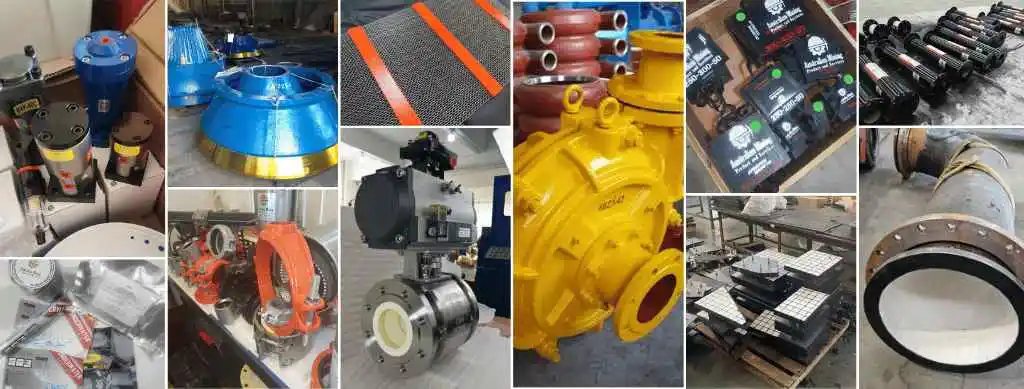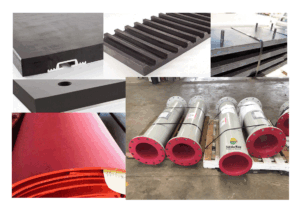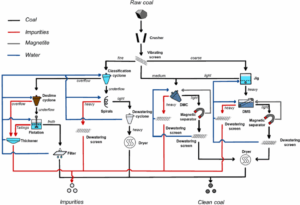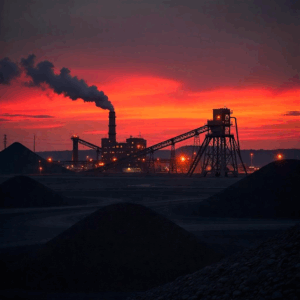Coal handling is a critical process in the mining industry, especially in Australia, given its significant role as a global coal producer and exporter. It encompasses all the stages coal goes through from the mine to its final destination (e.g., power plants, steel mills, export terminals).
Here’s a breakdown of what coal handling typically involves, the associated challenges, and how companies like Australian Mining Product and Services Pty Limited contribute to efficient operations:
The Coal Handling Process
Coal handling generally involves several key stages, often occurring within a Coal Handling and Preparation Plant (CHPP) or at port terminals:
- Receiving/Unloading:
- Coal arrives from the mine via various transport methods: trucks, trains (using wagon tipplers), or overland conveyors.
- https://www.australianminingservices.com.au/products/wear-linings/
- Crushing and Screening:
- Raw coal is often of varying sizes. It’s crushed to specific, desired sizes for downstream processing or end-use.
- Screens separate coal based on particle size.
- https://www.australianminingservices.com.au/products/screening-media/
- Washing/Preparation (Coal Preparation Plant – CPP/CHPP):
- This is a crucial step for black coal, especially metallurgical coal, to remove impurities like rock, soil, and other minerals.
- Methods include:
- Gravity separation: Jigs and dense medium processes (using magnetite slurries) separate coal from waste based on density differences.
- Flotation: For fine coal, chemicals are used to make coal particles float, while impurities sink.
- The goal is to improve the quality, its calorific value, and reduce its ash content.
- Dewatering:
- After washing, water needs to be removed from the coal to reduce mass and prevent runoff.
- Techniques include centrifuges, screen bowl centrifuges, belt filters, and thickeners.
- Conveying:
- Throughout all stages, conveyor belts are the primary means of moving coal efficiently between different processing units, stockpiles, and loading points. This can include long overland conveyors from mines to ports or power stations.
- Stockpiling and Reclaiming:
- Processed coal is stored in large stockpiles to manage supply and demand fluctuations.
- Stackers are used to build stockpiles, and reclaimers (e.g., bucket wheel reclaimers, bulldozers) retrieve coal from the stockpiles.
- Terminals like Queensland Bulk Handling (QBH) at the Port of Brisbane manage significant storage capacities.
- Sampling and Quality Control:
- Throughout the process, samples are regularly taken to monitor coal quality, moisture content, and ensure it meets market specifications.
- Loading:
- Coal is loaded onto trains, trucks, or ships (via shiploaders) for transport to customers.
Challenges in Coal Handling
Coal handling operations face several significant challenges:
- Dust Emission: Coal is inherently dusty, posing health risks, environmental concerns, and equipment damage. Dust suppression systems (e.g., water sprays, chemical suppressants, enclosed conveyors) are vital.
- Abrasion and Wear: Coal is abrasive, causing significant wear and tear on equipment like conveyor belts, chutes, crushers, and pipelines. This leads to high maintenance costs and downtime.
- Moisture Content: Excessive moisture can affect coal quality, handling properties (e.g., stickiness, flow problems, freezing), and transportation efficiency. It can also contribute to spontaneous combustion in some coal types.
- Spillage: Coal spillage during transfer, loading, and conveying can lead to material loss, safety hazards, and environmental contamination.
- Flow Problems: Wet or sticky coal can cause blockages in chutes, bins, and hoppers, disrupting operations. https://www.australianminingservices.com.au/products/linear-cushioned-vibrator/
- Environmental Compliance: Strict regulations around dust, water management (acid mine drainage, blackwater), and land rehabilitation require careful environmental management systems.
- Safety: The sheer scale of equipment and the nature of the material necessitate rigorous safety protocols to prevent accidents, fires (spontaneous combustion, methane), and explosions.
- Equipment Reliability: The continuous and often harsh operating conditions demand robust equipment and proactive maintenance to minimize unscheduled breakdowns.
- Mixing and Blending: For export or specific end-uses, different types and grades of coal may need to be precisely blended to meet customer specifications.
Australian Mining Product and Services Pty Limited and its role in coal handling
Given the challenges above, companies like Australian Mining Product and Services (AMPS) play a crucial role in providing solutions that address these issues:
- Wear Protection: Their expertise in wear linings (ceramic, rubber, magnetic) is directly applicable to protecting chutes, hoppers, and other coal contact points from abrasion, significantly extending equipment life and reducing maintenance.
- Fluid Handling: Hoses, pipes, and valves are essential for water management, dust suppression systems, and potentially slurry transport within a CHPP.




